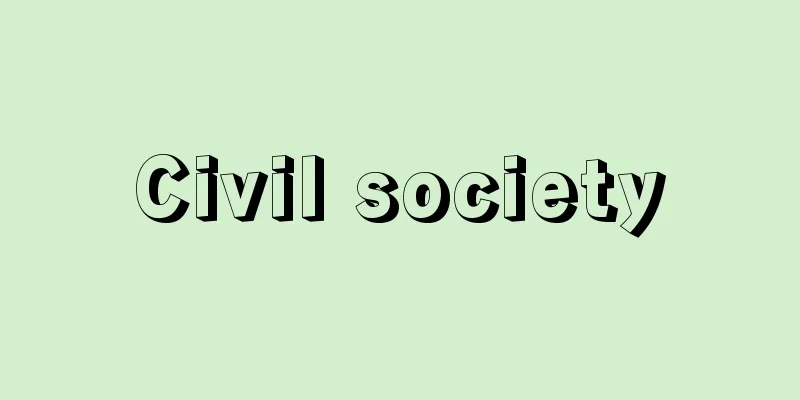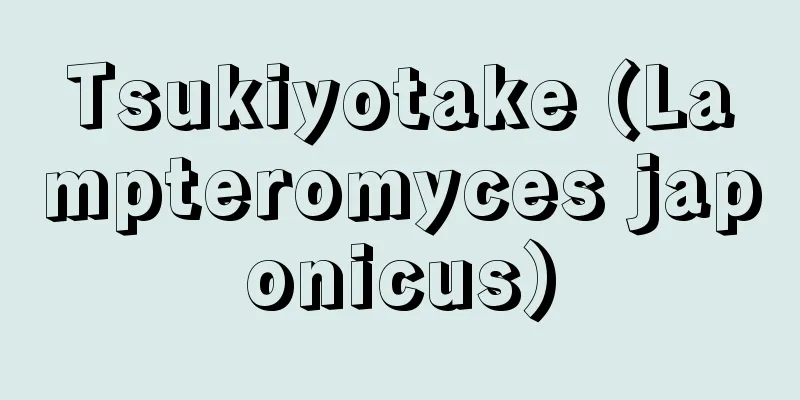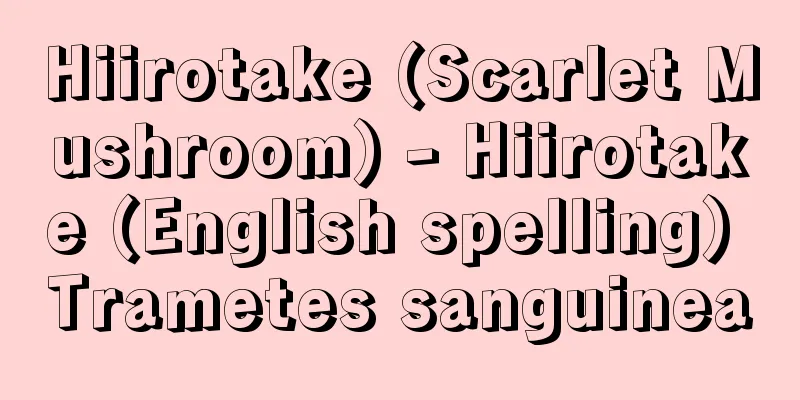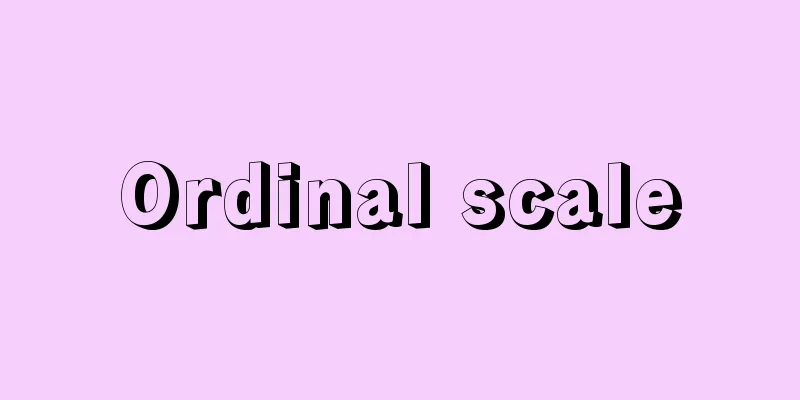Treasure ship
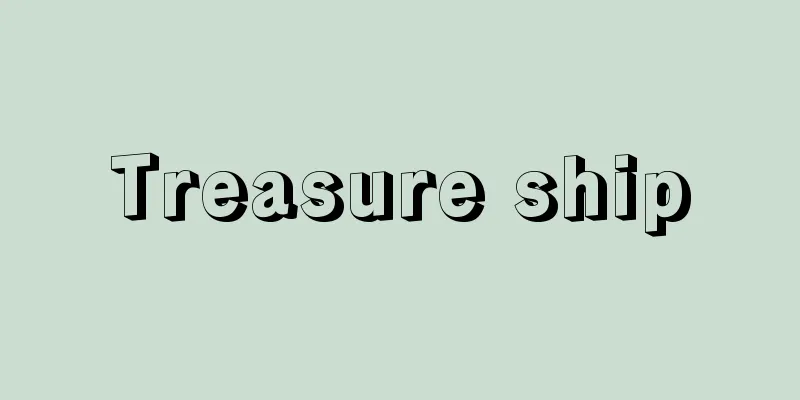
|
One of the lucky charms for New Year. A palindrome poem, "Nakakiyonotowononeburinominamesamenaminorifunenowotonoyoikikana," is written on a sailing ship carrying rice sacks and treasures and the Seven Lucky Gods. It is said that if you place this under your pillow and sleep on the night of the second day of the New Year, you will have auspicious dreams. In the past, this was done on the night of New Year's Eve, New Year's Day, or the night of Setsubun, but today it is done on the second day of the New Year. From the Edo period to the Meiji period, there were treasure ship sellers who went around selling this painting, calling it "takara otakara." Originally, treasure ships were not like today's, and did not carry treasures or the Seven Lucky Gods, but were used to float away the misfortunes of the past year, after which people would have auspicious dreams on Setsubun. The Seven Lucky Gods are said to be Daikokuten, Ebisu, Bishamonten, Benzaiten, Fukurokuju, Jurojin, and Hotei, but there were many different theories before they were decided as they are today. Regarding the song about the treasure ship, the Wakun no Shiori states that one theory is that it is a curse song by Prince Shotoku to erase the nightmares of Hatanokawakatsu, but that this is difficult to understand. Regarding the picture of the treasure ship, the Kiyu Shoran quotes Anzai Zuihitsu and other sources and states that it was not seen in ancient times but has been seen since the Muromachi period. The character "baku" (baku) is written on the sail of the ship because the baku, an imaginary animal in China, is said to eat nightmares. Either way, it is clear that caring about first dreams rather than treasure ships is an older idea. [Oto Tokihiko] [Reference] |Source: Shogakukan Encyclopedia Nipponica About Encyclopedia Nipponica Information | Legend |
|
正月の縁起物の一つ。帆掛け船に米俵や宝物を乗せ七福神が乗り込んだ絵に、「なかきよのとをのねふりのみなめさめなみのりふねのをとのよきかな」という回文(かいぶん)歌が書かれている。これを正月2日の夜、枕(まくら)の下に置いて寝ると吉夢をみるという。古くは除夜の晩とか元日とか、または節分の夜とかにされていたが、今日では正月2日とされている。江戸時代から明治時代にかけて、「お宝お宝」といってこの絵を売り歩く宝船売りがいた。本来宝船はいまと違って、宝物や七福神を乗せたものでなく、旧年来の災いを船に乗せて流すもので、そのあと節分に吉夢をみるのであった。七福神は大黒天、恵比須(えびす)、毘沙門天(びしゃもんてん)、弁財天、福禄寿(ふくろくじゅ)、寿老人、布袋和尚(ほていおしょう)とされているが、現代のように定められるまで、いろいろと異説があった。宝船の歌については、『和訓栞(わくんのしおり)』に、聖徳太子が秦河勝(はたのかわかつ)の悪夢を消し給(たも)う呪(まじな)い歌という説があるが心得がたいとある。宝船の絵については、『嬉遊笑覧(きゆうしょうらん)』に『安斎(あんさい)随筆』などを引用して、古代にはなく室町時代からはみられたとある。船の帆に「獏(ばく)」という字を書くのは、中国でいう想像上の動物である獏が悪夢を食べるといわれているためである。いずれにしても、宝船よりも初夢を気にすることが古かったことは明白である。 [大藤時彦] [参照項目] |出典 小学館 日本大百科全書(ニッポニカ)日本大百科全書(ニッポニカ)について 情報 | 凡例 |
<<: Takarabe [town] - Takarabe
>>: Takarazuka [city] - Takarazuka
Recommend
Seasonal polymorphism
…In contrast, in social insects such as bees and ...
Student Support Association
A foundation established for the purpose of provid...
Far East Workers' Conference
...a conference of representatives of democratic ...
Church, W.
… The development of steam cars then shifted from...
Haemanthus coccineus (English spelling) Haemanthuscoccineus
…[Tora Saburo Kawabata]. … *Some of the terminolo...
Legally Infectious Diseases of Livestock
This refers to infectious diseases designated by ...
Veratrum maackii (English spelling) Veratrummaackii
…[Tetsuichi Yahara]. … *Some of the terminology t...
Oman - Sultanate of Oman
A sultanate located at the southeastern tip of th...
Masolino da Panicale (English spelling)
1383‐1447 Italian painter. Born Tommaso di Cristof...
Sikhism - Śikkhism
It is a religion derived from Hinduism. Its found...
Equivalent circuit - Toukakairo
A circuit created to have a similar relationship w...
Alps-Sillon Region
…The central crystalline zone, located to the wes...
Ansariya (English spelling)
… [Nature] The country is divided into a narrow w...
Katsukawa Shunsho
Year of death: 8th December 1793 (19th January 179...
Tofieldia nuda (English spelling) Tofieldianuda
…[Tetsuichi Yahara]. … *Some of the terminology t...
